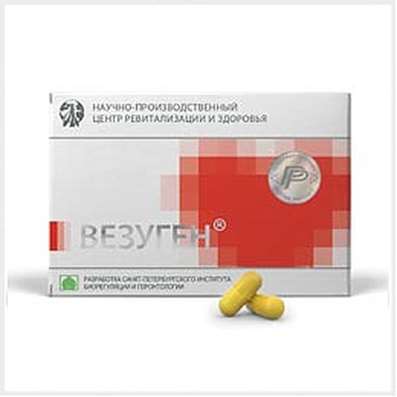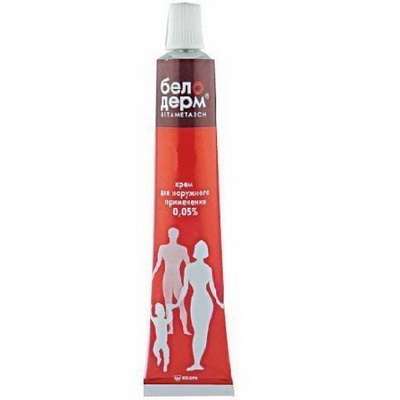Instruction for use: Aminophylline
I want this, give me price
Trade name of the drug – Aminophyllin, Aminophylline-Eskom, Euphyllin, Euphyllin for injections, Euphyllin-Eskom, Euphyllin solution for injections 24%, Euphyllin solution for injections 2,4%, Euphyllin tablets 0,15 g, Euphyllin tablets 150 mg
The Latin name of the substance Aminophylline
Aminophyllinum (genus. Aminophyllini)
Chemical name
3,7-Dihydro-1,3-dimethyl-1H-purine-2,6-dione 1,2-ethanediamine (2: 1)
Gross Formula
C16H24N10O4
Pharmacological group:
Adenosinergic agents
The nosological classification (ICD-10)
J43 Emphysema: Interstitial emphysema; Emphysema of the lungs; Chronic lung diseases; Chronic Obstructive Pulmonary Diseases; Obstructive emphysema of the lungs; Chronic emphysema of the lungs; Chronic obstructive pulmonary emphysema
J44 Other chronic obstructive pulmonary disease: Allergic bronchitis; Bronchitis allergic; Asthmatic bronchitis; Bronchitis obstructive; Disease of the bronchi; Difficult sputum separation in acute and chronic respiratory diseases; Cough with inflammatory diseases of the lungs and bronchi; Reversible bronchial obstruction; Reversible obstructive airway disease; Obstructive bronchial disease; Obstructive pulmonary disease; Obstructive bronchitis; Spastic bronchitis; Chronic lung diseases; Chronic nonspecific lung diseases; Chronic Obstructive Pulmonary Diseases; Chronic obstructive bronchitis; Chronic obstructive airways disease; Chronic obstructive pulmonary disease; Restrictive pathology of the lungs
J45 Asthma: Asthma of physical effort; Asthmatic conditions; Bronchial asthma; Bronchial asthma of light course; Bronchial asthma with difficulty in sputum discharge; Bronchial asthma of severe course; Bronchial asthma physical effort; Hypersecretory asthma; The hormone-dependent form of bronchial asthma; Curbing asthma attacks with bronchial asthma; Non-allergic bronchial asthma; Night Asthma; Exacerbation of bronchial asthma; Attack of bronchial asthma; Endogenous forms of asthma; Night attacks of asthma; Cough with bronchial asthma
J46 Asthmatic status [status asthmaticus]: Asthmatic attack; Asthmatic status; Bronchospasm with bronchial asthma
CAS Code
317-34-0
Characterization of the substance Aminophylline
It is a mixture consisting of 80% theophylline (1,3-dimethylxanthine) and 20% ethylenediamine (1,2-ethylenediamine). White or white with a yellow hue of crystalline powder with a faint smell of ammonia. Soluble in water, aqueous solutions have a pH of 9.0-9.7.
Pharmacology
Pharmacological action - bronchodilating, tocolytic, diuretic, spasmolytic.
Inhibits phosphodiesterase and stabilizes cAMP, reduces the concentration of intracellular calcium. In addition, it blocks adenosine receptors, suppresses the effects of PG on smooth muscle, reduces the release of histamine and leukotrienes from mast cells.
Quickly absorbed from the digestive tract after oral administration. Food reduces the rate of absorption, without affecting its magnitude (large volumes of fluid and proteins speed up the process). This parameter also depends on the dosage of aminophylline: the higher the dose taken, the lower the absorption rate. In blood with plasma proteins, up to 60% is associated (in healthy adults), in newborns this indicator is 36%, and in patients with cirrhosis of the liver - about 35%. The volume of distribution is in the range 0,3-0,7 l / kg (30-70% of ideal body weight), on the average 0,45 l / kg. Cmax is achieved depending on the dosage form in 1-2 hours for usual, after 4-7 hours - for prolonged forms and after 5 hours for tablets with enteric coating. In the liver with the participation of the cytochrome P450 system is partially converted into caffeine. In children under 3 years, T1 / 2 caffeine is longer than in adults, and its concentration may be up to 30% of that of aminophylline. In children older than 3 years and in adults, the phenomenon of caffeine cumulation is absent. T1 / 2 drug depends on age, as well as the presence of concomitant diseases and is in newborns and children up to 6 months - more than 24 hours; In children older than 6 months - 3.7 h; In adults, not suffering from asthma - 8.7 hours; Smokers (20-40 cigarettes per day) - 4-5 hours (moreover, after quitting smoking pharmacokinetics of aminophylline is normalized in this category of patients in 3-4 months). In adults with obstructive pulmonary disease, pulmonary heart disease and heart failure, T1 / 2 exceeds 24 hours. It is excreted by the kidneys, including the kidneys. 10% in adults and 50% in children - in unchanged form.
Aminophylline causes relaxation of smooth muscles of the bronchi, coronary, cerebral and pulmonary vessels, gastrointestinal tract, bile ducts; Increases the contractility of skeletal muscles (including respiratory). Expansion of the vessels of the renal glomeruli is accompanied by an acceleration of filtration and an increase in diuresis. Activates the respiratory center of the medulla oblongata, increases its sensitivity to carbon dioxide and improves alveolar ventilation, which ultimately leads to a reduction in the severity and frequency of episodes of apnea. Suppresses the rhythmic contraction of the pregnant uterus; Inhibits platelet aggregation; Increases the acidity of gastric juice. When used in large doses has antiepileptic effect.
Bronchodilating properties of aminophylline are manifested when its concentration in the blood is 10-20 μg / ml. Concentration above 20 mg / ml is toxic. Exciting effect on the respiratory center is realized with a lower content of the drug in the blood - 5-10 μg / ml.
Because of insufficient activity of biotransformation enzymatic systems of the liver (and the possibility of cumulation) in neonates and people over 55, aminophylline is administered with caution.
Contraindications
Hypersensitivity, arrhythmia, arterial hypertension, myocardial pathology, myocardial infarction, heart failure, acute and chronic (exacerbation) gastritis, gastric and duodenal ulcer, prostate adenoma, diarrhea, cystic fibrosis mastopathy, alcoholism, pulmonary heart, fever, Hypoxemia, respiratory tract infections, liver dysfunction, hyperthyroidism, chronic and acute renal failure, edematous syndrome, hypernatremia, rectum disease, breastfeeding vanie.
Application of the substance Aminophylline
Category effects on the fetus by FDA - C.
Side effects of Aminophylline
Gastro-esophageal reflux (heartburn, vomiting), chest pain, palpitations, hypotension, dizziness, tachypnea, sensation of flushing to the face, headache, allergic reactions (sweating, fever), reactions at the injection site (compaction, hyperemia, soreness) .
Interaction
Increases the likelihood of side effects of glucocorticoids, mineralocorticoids (hypernatremia), anesthesia (increases the risk of ventricular arrhythmias), xanthines and CNS stimulating agents (increases neurotoxicity), beta-adrenomimetics. Reduces the specific activity of lithium salts. Oral contraceptives (estrogen-containing), antidiarrheal drugs, intestinal sorbents weaken, and H2-histaminoblockers, fluoroquinolones, CCB, beta adrenoblockers, mexiletine, erythromycin increase the effect (bind to the enzymatic system of cytochrome P450 and slow the biotransformation of aminophylline).
Overdose
Symptoms: anorexia, diarrhea, nausea, vomiting, epigastric pain, gastrointestinal bleeding, tachypnea, face hyperemia, tachycardia, ventricular arrhythmias, insomnia, anxiety, photophobia, generalized convulsions.
Treatment: withdrawal of the drug, stimulation of its removal from the body (gastric lavage, forced diuresis, hemosorption, plasmosorption, hemodialysis, peritoneal dialysis), symptomatic therapy.

 Cart
Cart





